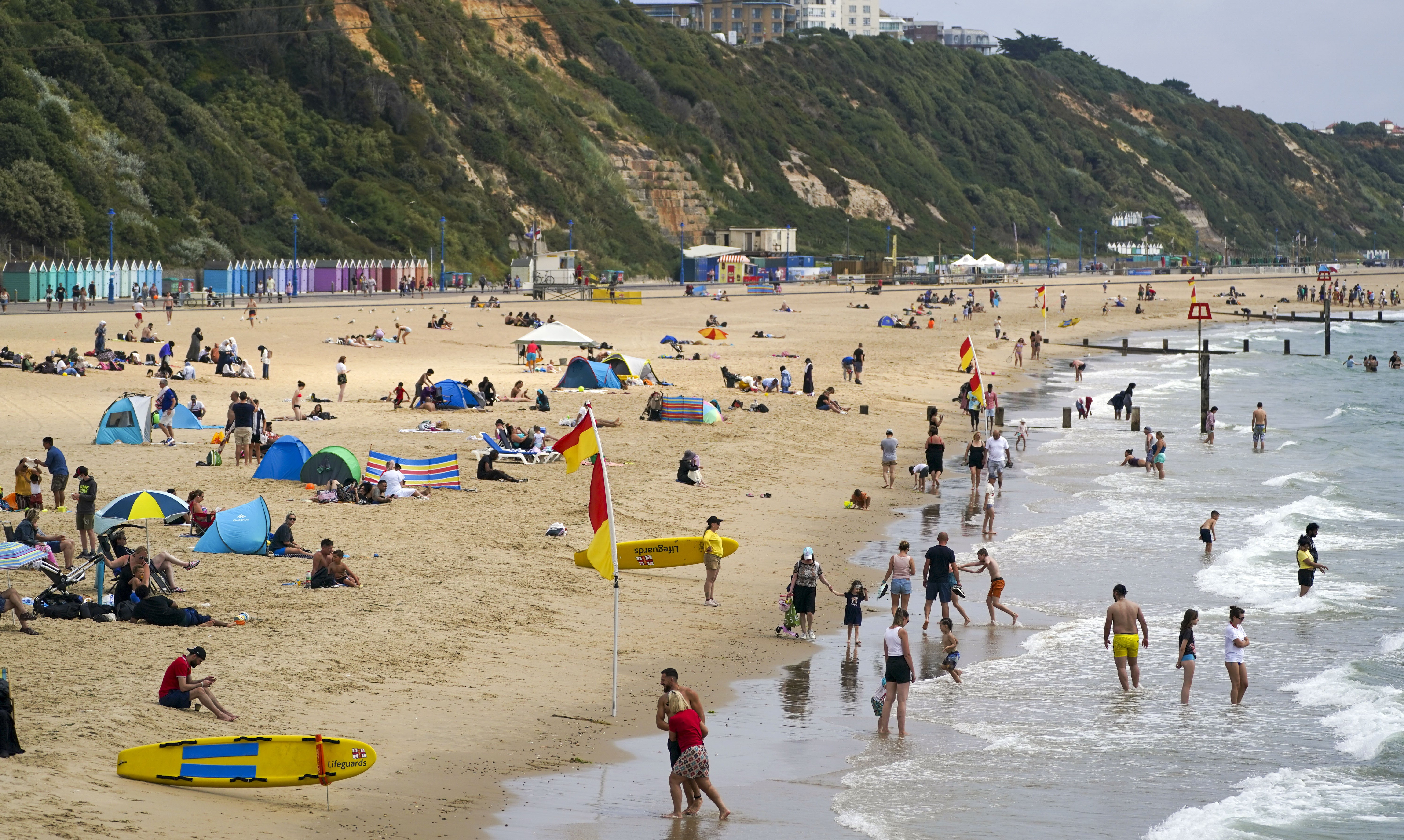
The heatwave was the UK’s most intense and widespread – with the Met Office saying it was a climate milestone with “much more widespread and significant heat than previous noteworthy extreme heat events”.
The 40.3C at Coningsby, Lincolnshire, on Tuesday July 19 provisionally set a new record daily maximum temperature, beating the previous figure set in Cambridge three years ago by 1.6C.
The high temperatures saw the Met Office issue its lengthiest amber warning, lasting six days, followed by its first red warning for extreme heat as Brits were told to stay indoors as widespread travel disruption and wildfires broke out.
The forecaster’s Mike Kendon said: “The high temperature values were obviously exceptional but the widespread nature is also very significant and makes this recent heatwave stand above the crowd when it comes to recent heat events that have impacted the UK.”
Temperatures on July 18 and 19 topped 38C, which had only happened before in the UK on August 10 2003 and July 25 2019, according to Met Office data which uses observations stretching back to the mid-19th century.
Mr Kendon said: “Temperatures on July 18 were exceptional but they moved two to 4C higher on July 19, making this date unprecedented in the context of long-term climate records.
“What’s particularly notable is how much more widespread the heat was from this event than the previous two occurrences of temperatures in excess of 38C in the UK.

“Temperature records tend to get broken by modest amounts and by just a few stations, but the recent heat broke the national record by 1.6C and across an extensive area of the country, from Kent to North Yorkshire and from Suffolk to Warwickshire.
“Even when you factor in the temperatures seen in summer 1976, they didn’t reach anywhere near the levels seen this week, although that was a much more prolonged spell of hot and dry weather.”
Some 46 observation stations across the UK recorded temperatures above the previous UK record of 38.7C, the Met Office said.
Many long-running stations with records dating back over 100 years also posted their highest temperatures, some by margins of three to 4C.
Records were set overnight, too, when Kenley Airfield, Greater London, recorded a new highest minimum temperature of 25.8C.
Met Office chief scientist Professor Stephen Belcher said: “In a climate unaffected by human influence, climate modelling shows that it is virtually impossible for temperatures in the UK to reach 40C.
“Under a very high emissions scenario, we could see temperatures exceeding 40C as frequently as every three years by the end of the century in the UK.
“Reducing carbon emissions will help to reduce the frequency, but we will still continue to see some occurrences of temperatures exceeding 40C and the UK will need to adapt to these extreme events.”
A yellow thunderstorm warning was in place on Friday, with parts of the UK possibly set to be hit with a post-scorcher washout.
Throughout the day, slow-moving, heavy showers and thunderstorms were forecast to hit chunks of south-west and south-east England, plus swathes of Wales.
A Met Office prediction said: “Where thunderstorms occur, 20-25mm of rain is possible in less than an hour, and in one or two places 40-50mm could fall in two or three hours.
“Hail and lightning are potential additional hazards.”
Rain and brisk southwesterly winds could affect northern and western areas on Saturday but it will still feel bright and warm in some southern and eastern regions.
The temperature could reach 29-30C in the south east on Sunday, while blustery air could affect other areas.







